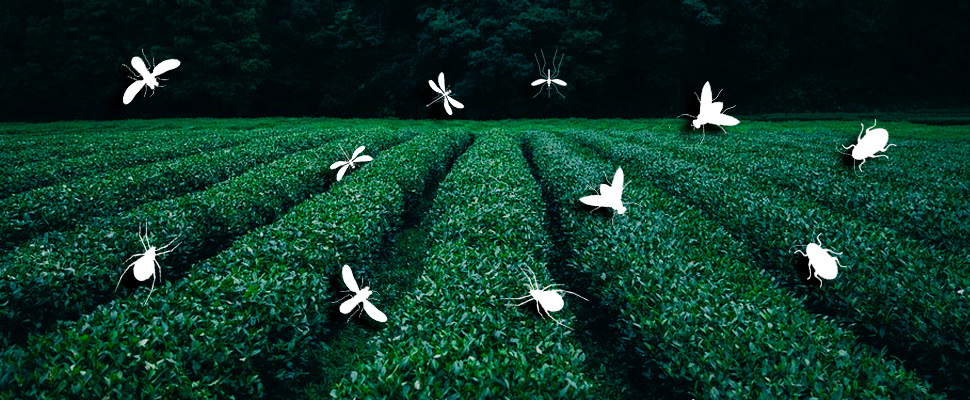Pests arrive in Central America
Listen this article
The International Regional Organization for Agricultural Health warned that, because of the drought, will increase pests and will affect grains such as corn and beans

The International Regional Organization for Agricultural Health (Oirsa, in Spanish) warned that a wave of pests would reach Central America due to the drought season forecast from May to July. The pests would affect the production of grains, basic in the Central American diet, such as beans, sorghum, and corn.
Leer en español: Las plagas llegan a Centroamérica
The presence of these pests, such as the yellow aphid, the cogollero, the blind chicken, the measuring worm, and the tracer night, would increase during this period. This situation occurs because the average rainfall expected for the season will be below average, as a result of the El Niño Phenomenon.
Estuardo Roca, coordinator of a program of the Oirsa on climatic variables, in statements collected by AFP, explains that "the pests have in greater or lesser degree a link with the condition of the climate and its prognosis".
How to prevent them from affecting crops?
To prevent these pests from affecting crops, Roca advises to treat the seeds, disinfect the soil, and increase vigilance. Additionally, it is recommended to request advice on chemical control of health services and notify them of the presence of pests.
Also read: Would you like to learn how to cultivate your food at home?
In addition to the aforementioned insects, it is possible that the flying locust also affects the crops. This animal is known as the "plague of plagues", because it destroys everything in its path. The countries most affected by the lobster would be Honduras, Nicaragua, and El Salvador.
According to AFP, it is estimated that "2.3 million people face the risk of not having necessary food in the dry corridor of Central America, which extends along the Pacific between Guatemala and northern Costa Rica."
What is the El Niño Phenomenon?
This meteorological event consists of the warming of the Pacific Ocean due to the tidal flow and the possibility of the east trade winds, according to BBVA. Among the consequences are:
- Floods caused by heavy rains in regions such as Argentina, Chile, and Peru.
- Increase in forest fires in countries such as Brazil.
- Droughts in certain areas such as Central America, Colombia, and Venezuela.
It may interest you: Alarming! A million species could disappear
In productive terms, the Child's Phenomenon can produce:
- Agricultural loss: infestation of pests, floods, among others. On a larger scale, this affects the exports and the availability of food.
- Dry rivers without energy: droughts can cause energy production to decrease due to lack of water. The flow of the rivers is diminished.
LatinAmerican Post | Marcela Peñaloza
Translated from "Las plagas llegan a Centroamérica"





